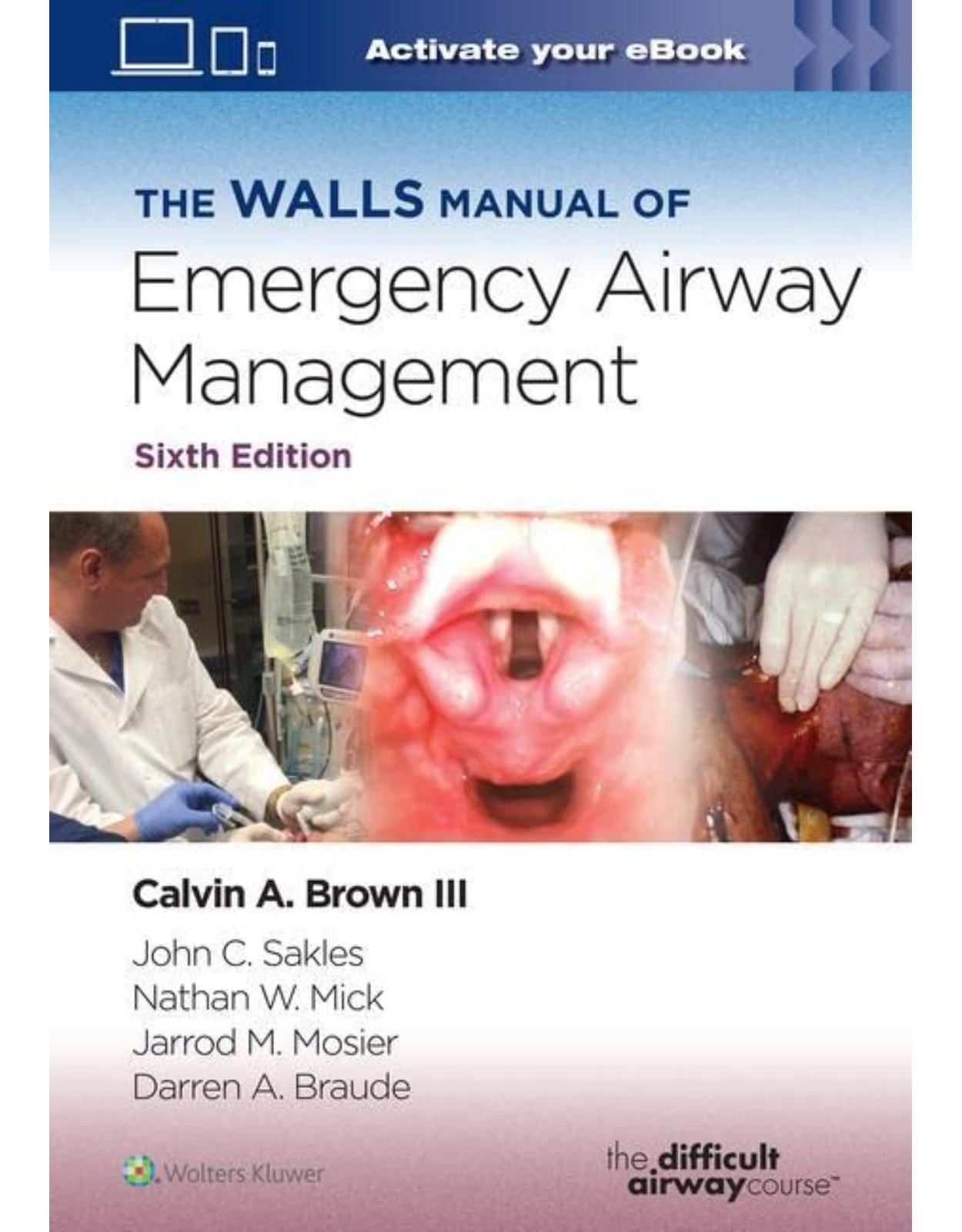
The Walls Manual of Emergency Airway Management
Livrare gratis la comenzi peste 500 RON. Pentru celelalte comenzi livrarea este 20 RON.
Disponibilitate: La comanda in aproximativ 4 saptamani
Autor: Calvin A Brown III MD
Editura: LWW
Limba: Engleza
Nr. pagini: 512
Coperta: Paperback
Dimensiuni: 178 x 254 mm
An aparitie: 9 Sept. 2022
Description:
Long recognized as the gold standard emergency airway management textbook, The Walls Manual of Emergency Airway Management, Sixth Edition, remains the most trusted reference on this challenging topic. This practical reference, edited by Drs. Calvin A. Brown III, John C. Sakles, Nathan W. Mick, Jarrod M. Mosier, and Darren A. Braude, is the foundation text for these nationally recognized programs: The Difficult Airway Course: Emergency™, The Difficult Airway Course: Critical Care™, The Difficult Airway Course: EMS™, and The Difficult Airway Course: Residency Edition™. Its hands-on approach provides the concrete guidance you need to effectively respond wherever adult or pediatric airway emergencies may occur, including in and out of hospital settings, emergency departments, and urgent care centers.
Table of Contents:
SECTION I: Principles of Airway Management
1. The Decision to Intubate
INTRODUCTION
INDICATIONS FOR INTUBATION
APPROACH TO THE PATIENT
2. Identification of the Anatomically Difficult Airway
INTRODUCTION
THE DIFFICULT AIRWAY
Difficult Laryngoscopy: LEMON
Difficult BMV: ROMAN
Difficult EGD: RODS
Difficult Cricothyrotomy: SMART
3. The Physiologically Difficult Airway
DEFINITION OF THE PHYSIOLOGICALLY DIFFICULT AIRWAY
PREDICTING THE PHYSIOLOGICALLY DIFFICULT AIRWAY
PREPARATION FOR THE PHYSIOLOGICALLY DIFFICULT AIRWAY
MANAGING THE PHYSIOLOGICALLY DIFFICULT AIRWAY
Oxygenation
Functional Residual Capacity
Denitrogenation
V/Q Mismatch
Who Should Be Intubated Awake?
How Do I Stratify Preoxygenation?
Hemodynamics
Stepwise Hemodynamic Strategy
Complicating Factor of Acidosis
Who Should Be Intubated Awake?
4. Identification of the Failed Airway
INTRODUCTION
THE FAILED AIRWAY
5. The Emergency Airway Algorithms
APPROACH TO THE AIRWAY
THE MAIN AIRWAY ALGORITHM
THE CARDIAC ARREST AIRWAY ALGORITHM
THE DIFFICULT AIRWAY ALGORITHM
THE FAILED AIRWAY ALGORITHM
6. Human Factors During Emergency Airway Management
INTRODUCTION
The Importance of Human Factors: Why the Human Factor Is Always a Factor
ERROR BASICS: “TO ERR IS HUMAN….”
CRM: THE BIG SIX
COMMUNICATION
INDIVIDUAL FACTORS
Stress and Other Adverse Physiologic States
Cognitive Readiness
Cognitive Bias
TEAM FACTORS
The Prebrief and the Zero Point Survey
Team Mental Models
COGNITIVE AIDS
ENVIRONMENTAL CONSIDERATIONS
SAFETY-I AND SAFETY-II
7. Applied Functional Anatomy of the Airway
INTRODUCTION
THE NOSE
Important Anatomic Considerations
THE MOUTH
THE PHARYNX
THE LARYNX
TRACHEA
SECTION II: Oxygenation and Ventilation
8. Principles of Peri-intubation Oxygenation
INTRODUCTION
PRINCIPLES OF PREOXYGENATION
Maintain an Upright Position for Optimal Preoxygenation
High-Concentration Oxygen Delivery Versus Traditional Supplemental Oxygen
Preoxygenation With and Without Positive Pressure
OXYGEN DELIVERY DEVICES
Low-Flow and High-Flow Nasal Oxygen
Simple Face Mask
Non-rebreather Mask
Bag-Valve Mask
Venturi Mask
Noninvasive Positive Pressure Ventilation for Preoxygenation
OTHER PREOXYGENATION CONCEPTS
Monitoring the Effectiveness of Preoxygenation Using End-Tidal OXYGEN
Concept of Delayed Sequence Intubation to Facilitate Preoxygenation
Apneic Oxygenation
Bagging During the Apneic Period
Rescue Oxygenation
9. Non-Invasive Positive Pressure Ventilation and High-Flow Nasal Oxygen
INTRODUCTION
TECHNOLOGY OF NONINVASIVE RESPIRATORY SUPPORT
MODES OF NONINVASIVE MECHANICAL VENTILATION
Continuous Positive Airway Pressure
Biphasic Positive Airway Pressure (BiPAP)
Spontaneous and Spontaneous/Timed Modes
High-Flow Nasal Oxygen
INDICATIONS AND CONTRAINDICATIONS
INITIATING NONINVASIVE RESPIRATORY SUPPORT
Response to Therapy
10. Mechanical Ventilation
INTRODUCTION
TERMINOLOGY OF MECHANICAL VENTILATION
VENTILATION MODES
Pressure Support Ventilation
VENTILATOR TV DELIVERY
Volume-Control Ventilation
Pressure-Control Ventilation
INITIATING MECHANICAL VENTILATION
11. Oxygen and Carbon Dioxide Monitoring
PULSE OXIMETRY
Principles of Measurement
Indications
Limitations and Precautions
Response Time
END-TIDAL O2 MONITORING
END-TIDAL CO2 MONITORING
Basics of CO2 Monitoring
Colorimetric CO2 Detectors
Quantitative CO2 Monitors
Capnography Interpretation
Clinical Utility of Quantitative Capnometry and Capnography
SECTION III: Basic Airway Management
12. Bag-Mask Ventilation
INTRODUCTION
BAG-VALVE-MASK DEVICES
FACE MASK VENTILATION TECHNIQUE IN THE EMERGENCY SETTING
Optimizing Face Mask Seal
Face Mask Grip That Allows Maximal Mandibular Advancement—Thenar Grip
Head and Neck Maneuvers to Open the Upper Airway
Oral and Nasal Pharyngeal Airways
Neuromuscular Blockade to Facilitate BMV
Ventilation Parameters for Bag-Mask Ventilation
Assessing Adequacy of Bag-Mask Ventilation
Stomach Inflation, Sellick Maneuver, and Aspiration Risk With BMV
DIFFICULT AND IMPOSSIBLE MASK VENTILATION
Predicting Difficult or Impossible BMV
Optimal Technique and Troubleshooting Difficult BMV
EXPERIENCE, TRAINING, AND THE LEARNING CURVE FOR BMV
13. Extraglottic Devices
INTRODUCTION
INDICATIONS FOR USE IN EMERGENCY AIRWAY MANAGEMENT
Primary Airway
Secondary Airway
CONTRAINDICATIONS FOR USE
RETROGLOTTIC DEVICES
Esophageal Tracheal Combitube
Rusch Easytube
The Laryngeal Tube Airway
Insertion Technique—Assuming No Visualization
SUPRAGLOTTIC DEVICES
Laryngeal Mask Airways
Ambu LMA
Cookgas Air-Q
Intersurgical I-GEL
GENERAL TECHNIQUE FOR SGD USE
Select the Appropriate Size Device
Prepare the Device for Insertion
Prepare the Patient for Insertion
Insert the Device
Postplacement Management
COMPLICATIONS AND LIMITATIONS
14. Managing the Patient With an Extraglottic Device in Place
INTRODUCTION
MANAGING A PATIENT WITH AN EGD IN PLACE
ASSESSMENT
TROUBLESHOOTING OXYGENATION
TROUBLESHOOTING VENTILATION
OPTIMIZING EGD FUNCTION
WHEN TO CONSIDER SEMIELECTIVE EXCHANGE
HOW TO PERFORM A SEMIELECTIVE EXCHANGE FOR AN ETT
Removal With Routine Intubation via Direct/Video Laryngoscopy
Working Around the Device and Performing Intubation With Direct/Video Laryngoscopy
Blind Exchange
Endoscopic Exchange
REMOVAL AFTER INTUBATION
SURGICAL AIRWAY
SECTION IV: Tracheal Intubation
15. Direct Laryngoscopy
DIRECT LARYNGOSCOPY
BASICS OF DIRECT LARYNGOSCOPY
ANATOMY FOR DIRECT LARYNGOSCOPY
PREPARATION AND ASSISTANCE
PREINTUBATION ASSESSMENT AND EQUIPMENT CHOICE
HANDLING THE LARYNGOSCOPE AND POSTURE OF THE OPERATOR
PATIENT POSITIONING
STANDARD DIRECT LARYNGOSCOPY TECHNIQUE
PARAGLOSSAL (RETROMOLAR, RIGHT OR LEFT MOLAR) STRAIGHT-BLADE TECHNIQUE
BLIND INSERTION TECHNIQUE FOR THE STRAIGHT BLADE
INTUBATING THE TRACHEA (TUBE PASSAGE)
TROUBLESHOOTING DIFFICULT DIRECT LARYNGOSCOPY
Paralysis
External Laryngeal Manipulation
Positioning
Mandibular Advancement
Bougie (Endotracheal Tube Introducer)
FAILED LARYNGOSCOPY AND INTUBATION
CONFIRMING INTUBATION OF THE TRACHEA
16. Video Laryngoscopy
INTRODUCTION
ADVANTAGES OF VIDEO LARYNGOSCOPY
CLASSIFICATION OF VIDEO LARYNGOSCOPES
WHEN TO USE VIDEO LARYNGOSCOPY INSTEAD OF DIRECT LARYNGOSCOPY
DIFFERENCES IN TECHNIQUE FOR VIDEO LARYNGOSCOPY COMPARED TO DIRECT LARYNGOSCOPY
STANDARD GEOMETRY VIDEO LARYNGOSCOPES (MACINTOSH-STYLE)
Intubation With a Standard Geometry Video Laryngoscope
Summary
HYPERANGULATED VIDEO LARYNGOSCOPES
Intubation With a Hyperangulated Video Laryngoscope
Summary
COMPLICATIONS OF VIDEO LARYNGOSCOPES
CONCLUSION
17. Flexible Endoscopic Intubation
INTRODUCTION
INDICATIONS AND CONTRAINDICATIONS
TECHNIQUE
Overview
Scope Selection
Care of the Instrument
Technique of FEI
COMPLICATIONS
18. Blind Intubation Techniques
BLIND NASOTRACHEAL INTUBATION
INDICATIONS AND CONTRAINDICATIONS
TECHNIQUE
TROUBLESHOOTING
DIGITAL TRACHEAL INTUBATION
INDICATIONS AND CONTRAINDICATIONS
TECHNIQUE
SUCCESS RATES AND COMPLICATIONS
19. Emergency Surgical Airways
INTRODUCTION
Description and General Approach
Indications and Contraindications
TECHNIQUE
Anatomy and Landmarks
Equipment
Technique
Complications
Alternatives to Open Surgical Techniques
SECTION V: Pharmacology and Techniques of Airway Management
20. Rapid Sequence Intubation
DEFINITION
Indications and Contraindications
TECHNIQUE
Preparation
Preoxygenation
Physiologic Optimization
Paralysis With Induction
Positioning
Placement With Proof
Postintubation Management
Timing the Steps of RSI
Success Rates and Adverse Events
Delayed Sequence Intubation
21. Sedative-Induction Agents
INTRODUCTION
ETOMIDATE
Clinical Pharmacology
Indications and Contraindications
Dosage and Clinical Use
Adverse Effects
KETAMINE
Clinical Pharmacology
Indications and Contraindications
Dosage and Clinical Use
Adverse Effects
PROPOFOL
Clinical Pharmacology
Indications and Contraindications
Dosage and Clinical Use
Adverse Effects
BENZODIAZEPINES
Clinical Pharmacology
Indications and Contraindications
Dosage and Clinical Use
Adverse Effects
22. Neuromuscular Blocking Agents
INTRODUCTION
SUCCINYLCHOLINE
Clinical Pharmacology
Indications and Contraindications
Dosage and Clinical Use
Adverse Effects
COMPETITIVE NEUROMUSCULAR BLOCKING AGENT
Clinical Pharmacology
Indications and Contraindications
Dosage and Clinical Use
Adverse Effects
23. Optimizing First Attempt Intubation Success
IMPORTANCE OF FIRST ATTEMPT INTUBATION SUCCESS
KEYS TO OPTIMIZING FIRST ATTEMPT INTUBATION SUCCESS AND SAFETY
USE A STANDARDIZED APPROACH TO EMERGENCY INTUBATION
THE IMPORTANCE OF NEUROMUSCULAR BLOCKADE FOR EMERGENCY INTUBATION
Appropriate Use of Rapid Sequence Intubation
Use Awake Intubation When Both RSI and Rescue Oxygenation Are Likely to Fail
Avoid Sedation-Only Intubations
IMPORTANCE OF A PREINTUBATION CHECKLIST
Assess the Airway
Position the Patient Perfectly
Prepare Excellent Suction
Select and Locate Rescue Devices
OPTIMAL PREOXYGENATION IS CRITICAL
MAKE THE FIRST ATTEMPT THE BEST ATTEMPT
Set the Scene
Use the Best Laryngoscope
Perform Optimal Laryngoscopy
Use a Bougie or Stylet With Straight-to-Cuff Shape
A SIMPLE ALGORITHM IS INVALUABLE WHEN INTUBATION ATTEMPTS FAIL
BACKUPS NEED TO BE AVAILABLE, WELL PROVEN, AND WELL PRACTICED
CALLING FOR HELP
TAKING OWNERSHIP, CONTINUOUS QUALITY IMPROVEMENT, AND THE AIRWAY LEAD
24. Anesthesia and Sedation for Awake Intubation
INTRODUCTION
INDICATIONS AND CONTRAINDICATIONS
Glottic Visualization
Awake Intubation
LOCAL ANESTHESIA FACTORS
Nasal Anesthesia
Oral Anesthesia
Oropharyngeal and Hypopharyngeal Anesthesia
Laryngeal Anesthesia
Tracheal Anesthesia
SEDATION TECHNIQUES
SECTION VI: Pediatric Airway Management
25. Differentiating Aspects of the Pediatric Airway
THE CLINICAL CHALLENGE
APPROACH TO THE PEDIATRIC PATIENT
General Issues
Specific Issues
Drug Dosage and Selection
Equipment Selection
INITIATION OF MECHANICAL VENTILATION
26. Pediatric Airway Techniques
INTRODUCTION
TECHNIQUES USED IN ALL CHILDREN
Bag-Mask Ventilation and Endotracheal Intubation
Laryngeal Mask Airways
Percutaneous Needle Cricothyrotomy or “Needle Cric”
TECHNIQUES USED IN ADOLESCENTS AND ADULTS
Blind Nasotracheal Intubation
King LTS-D
Surgical Cricothyrotomy
27. The Difficult Pediatric Airway
INTRODUCTION
COMMON CAUSES OF DIFFICULT AIRWAYS IN CHILDREN
Difficult Airways Secondary to Acute Infectious Causes
Difficult Airways Secondary to Noninfectious Processes
Difficult Airways Secondary to Congenital Anomalies
No Known Abnormality, with Unexpected Difficulty
TIMING THE INTERVENTION
28. Foreign Body in the Pediatric Airway
INTRODUCTION
PRESENTATION
TECHNIQUE
Partial Airway Obstruction
Complete Airway Obstruction
SECTION VII: EMS Airway Management
29. Introduction to EMS Airway Management
THE CLINICAL CHALLENGE
APPROACH TO THE AIRWAY
LEVELS OF TRAINING AND SCOPE OF AIRWAY PRACTICE
MECHANISMS FOR MAINTENANCE OF AIRWAY COMPETENCY
HUMAN FACTORS IN PREHOSPITAL AIRWAY MANAGEMENT
30. Techniques in Prehospital Airway Management
LOCATION/ENVIRONMENTAL FACTORS
PATIENT POSITIONING FOR AIRWAY MANAGEMENT
PATIENT MONITORING
ESSENTIAL SKILLS IN PREHOSPITAL AIRWAY MANAGEMENT
Bag-Mask Ventilation
Noninvasive Positive Pressure Ventilation
Endotracheal Intubation
VIDEO LARYNGOSCOPY
VERIFICATION OF AIRWAY MANAGEMENT PROCEDURES
MEDICATION-FACILITATED AIRWAY MANAGEMENT (MFAM)
Preparation
Preoxygenation
Physiologic Optimization
Paralysis With Induction
Positioning
Placement With Proof
Post-Intubation Management
TRANSPORT CONSIDERATIONS
Positioning
Packaging for Transport
OXYGEN CONSUMPTION/TANK FACTORS
31. Difficult and Failed Airway Management in EMS
THE PREHOSPITAL CHALLENGE
PREDICTION OF THE DIFFICULT AIRWAY IN THE PREHOSPITAL SETTING
THE PREHOSPITAL CONUNDRUM
WHEN IS IT BETTER TO WAIT?
APPLYING THE EMS AIRWAY ALGORITHM FOR MFAM PRACTITIONERS
THE DIFFICULT AIRWAY FOR THE NON-MFAM PROVIDER
RAPID OR CRITICAL OXYGEN DESATURATION
32. Controversies in EMS Airway Management
INTRODUCTION
FRONT OF NECK ACCESS
AIRWAY STRATEGIES FOR OHCA
MEDICATION-FACILITATED AIRWAY MANAGEMENT
DELAYED SEQUENCE INTUBATION
SCENE TIMES
NUMBER OF PROVIDERS
INVASIVE PEDIATRIC AIRWAYS
RAPID SEQUENCE AIRWAY
PREHOSPITAL NIPPV
INITIAL TRAINING AND SKILL MAINTENANCE
SECTION VIII: Special Clinical Circumstances
33. The Unstable Patient: Cardiopulmonary Optimization for Emergency Airway Management
THE CLINICAL CHALLENGE
OPTIMIZATION FOR FIRST LARYNGOSCOPY ATTEMPT SUCCESS
Timing of Airway Management
Preoxygenation Considerations in the Unstable Patient
Hemodynamic Optimization
Induction
Postintubation Management
SUMMARY
34. The Trauma Airway
THE CLINICAL CHALLENGE
APPROACH TO THE AIRWAY
Assessment of Difficulty
Special Clinical Considerations
TECHNIQUE
Paralysis Versus Rapid Tranquilization of the Combative Trauma Patient
RSI of the Trauma Patient
Choice of Neuromuscular Blocking Agent
Choice of Induction Agent
THE FAILED AIRWAY
35. The Neurocritical Patient
THE CLINICAL CHALLENGE
Status Epilepticus
APPROACH TO THE AIRWAY
Self-Limited Seizure
Prolonged Seizure Activity
TECHNIQUE
Elevated Intracranial Pressure
Reflex Sympathetic Response to Laryngoscopy
ICP Response to Neuromuscular Blockade
Choice of Induction Agent
Device Selection
APPROACH TO THE AIRWAY
INITIATING MECHANICAL VENTILATION
36. Reactive Airways Disease
THE CLINICAL CHALLENGE
APPROACH TO THE AIRWAY
Technique
Drug Dosing and Administration
POSTINTUBATION MANAGEMENT
Mechanical Ventilation
Complications of Mechanical Ventilation
37. Distorted Airways and Acute Upper Airway Obstruction
THE CLINICAL CHALLENGE
APPROACH TO THE AIRWAY
When Should an Intervention Be Performed?
What Options Exist if the Airway Deteriorates or Obstruction Occurs?
What Are the Advantages and Risks of an Awake Technique?
Is RSI Reasonable?
38. The Pregnant Patient
THE CLINICAL CHALLENGE
APPROACH TO THE AIRWAY
Recommended Intubation Sequence
Postintubation Management
Management of the Failed Intubation
SUMMARY
39. Cardiovascular Emergencies
THE CLINICAL CHALLENGE
Reflex Sympathetic Response to Laryngoscopy
Choice of Induction Agent
Choice of Paralytic Agent
APPROACH TO THE AIRWAY
Recommended Intubation Sequence
INITIATING MECHANICAL VENTILATION
40. Intubating the Highly Infectious Patient
THE CLINICAL CHALLENGE
LIMITING EXPOSURE
LIMITING AEROSOL PRODUCTION
NONINVASIVE OXYGENATION STRATEGIES AND RISK
41. The Massively Soiled Airway
THE CLINICAL CHALLENGE
APPROACH TO THE AIRWAY
Strategies to Prevent Regurgitation During Airway Management
Strategies to Manage Regurgitation
Steps of the SALAD Technique
SUMMARY
42. The Geriatric Patient
THE CLINICAL CHALLENGE
Decreased Cardiorespiratory Reserve
Increased Incidence of Difficult Airways
Ethical Considerations
APPROACH TO THE AIRWAY
Drug Dosage and Administration
POSTINTUBATION MANAGEMENT
43. The Morbidly Obese Patient
THE CLINICAL CHALLENGE
APPROACH TO THE AIRWAY
TECHNIQUE
Drug Dosage and Administration
POSTINTUBATION MANAGEMENT
44. Foreign Body in the Adult Airway
THE CLINICAL CHALLENGE
APPROACH TO THE AIRWAY
Incomplete Obstruction by a Foreign Body
Complete Obstruction of the Airway
POSTINTUBATION MANAGEMENT
45. Safe Extubation in the Emergency Airway Patient
THE CLINICAL CHALLENGE
PLANNING FOR EXTUBATION
EXTUBATION CRITERIA
RISK STRATIFICATION
ADDITIONAL TESTING
PROCESS OF EXTUBATION
General Extubation
Complications
ADJUNCTS TO EXTUBATION
Airway Exchange Catheter
NONINVASIVE VENTILATION AND HIGH-FLOW NASAL OXYGEN
SEDATION DURING EXTUBATION
Index
| An aparitie | 9 Sept. 2022 |
| Autor | Calvin A Brown III MD |
| Dimensiuni | 178 x 254 mm |
| Editura | LWW |
| Format | Paperback |
| ISBN | 9781975190682 |
| Limba | Engleza |
| Nr pag | 512 |

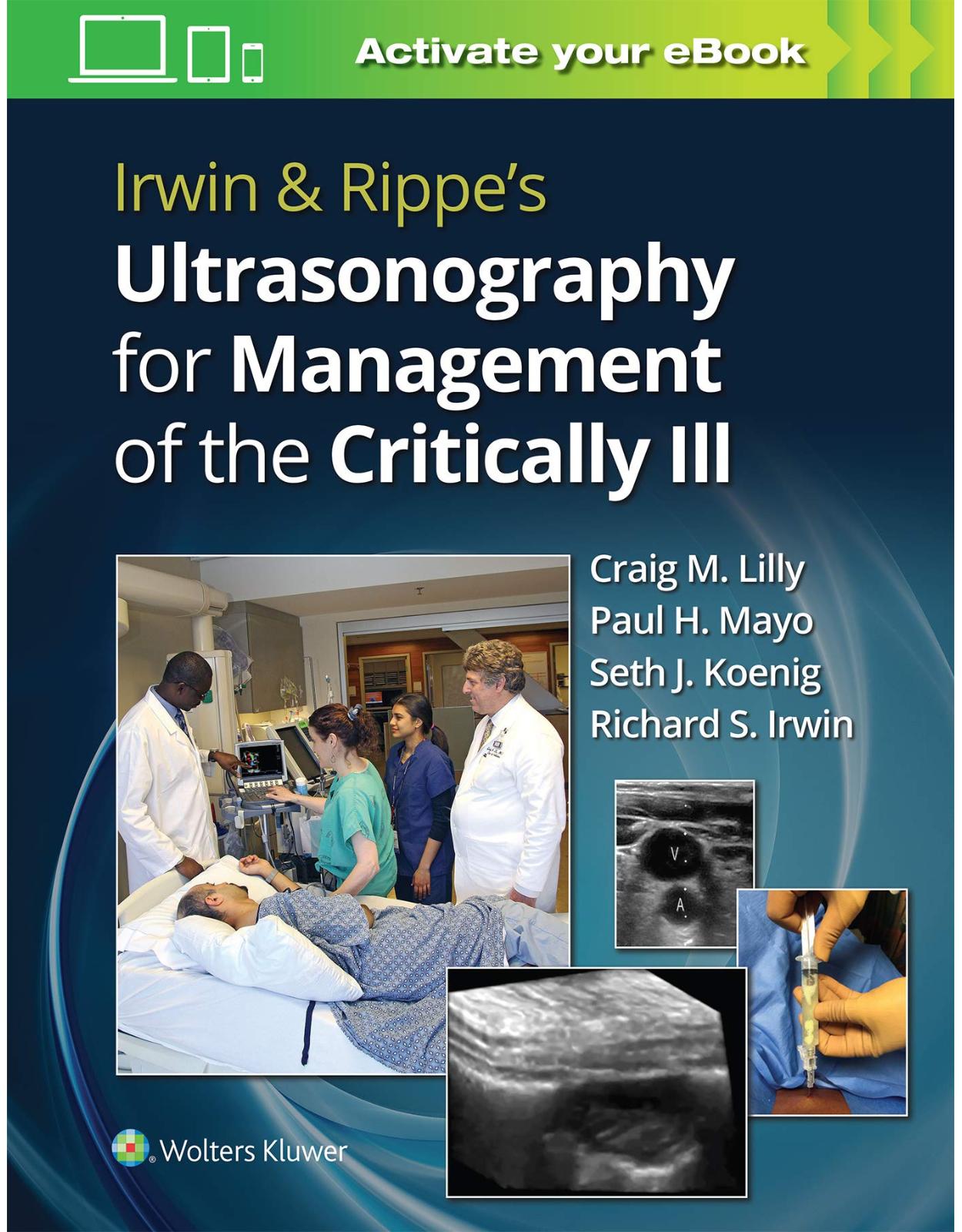
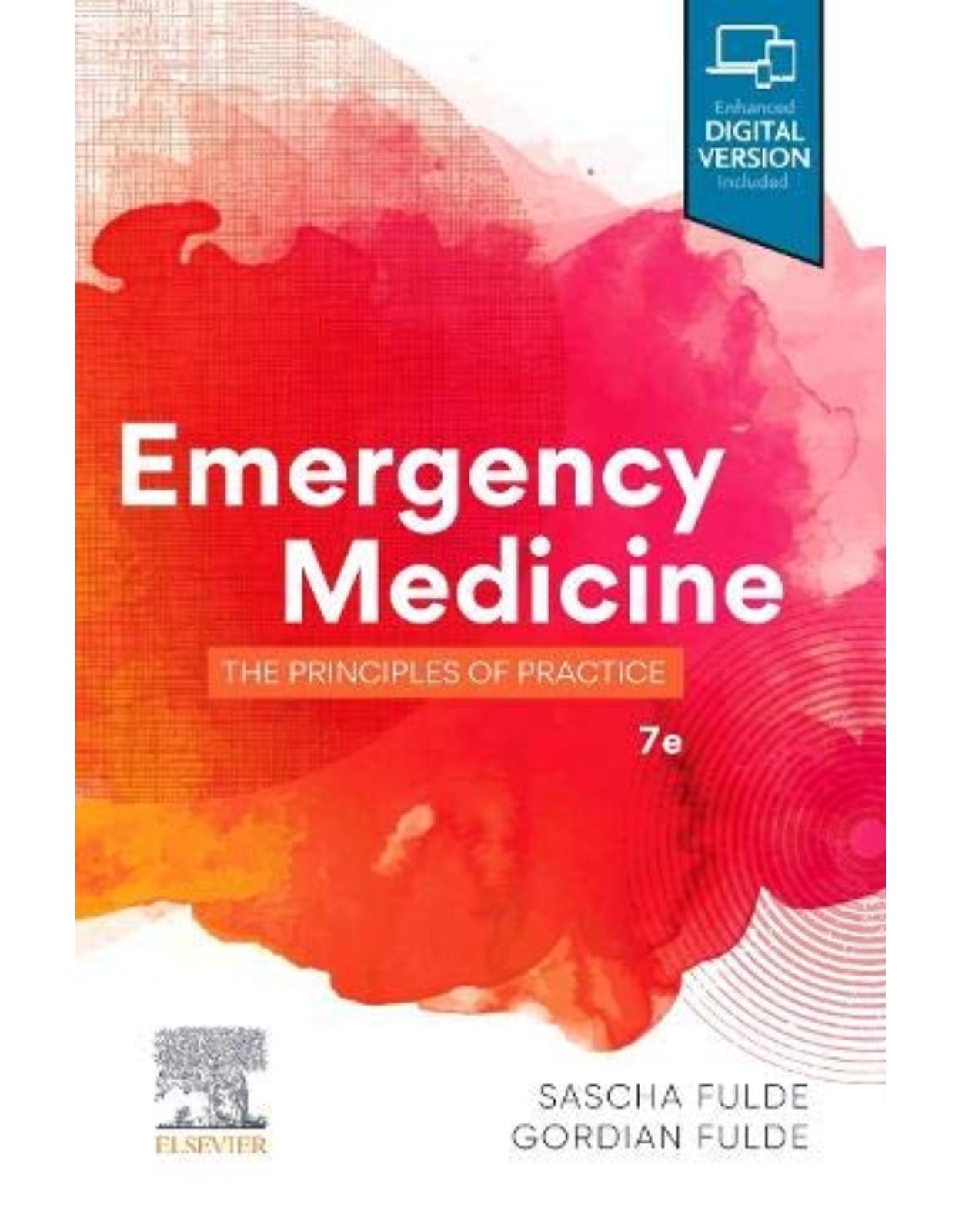
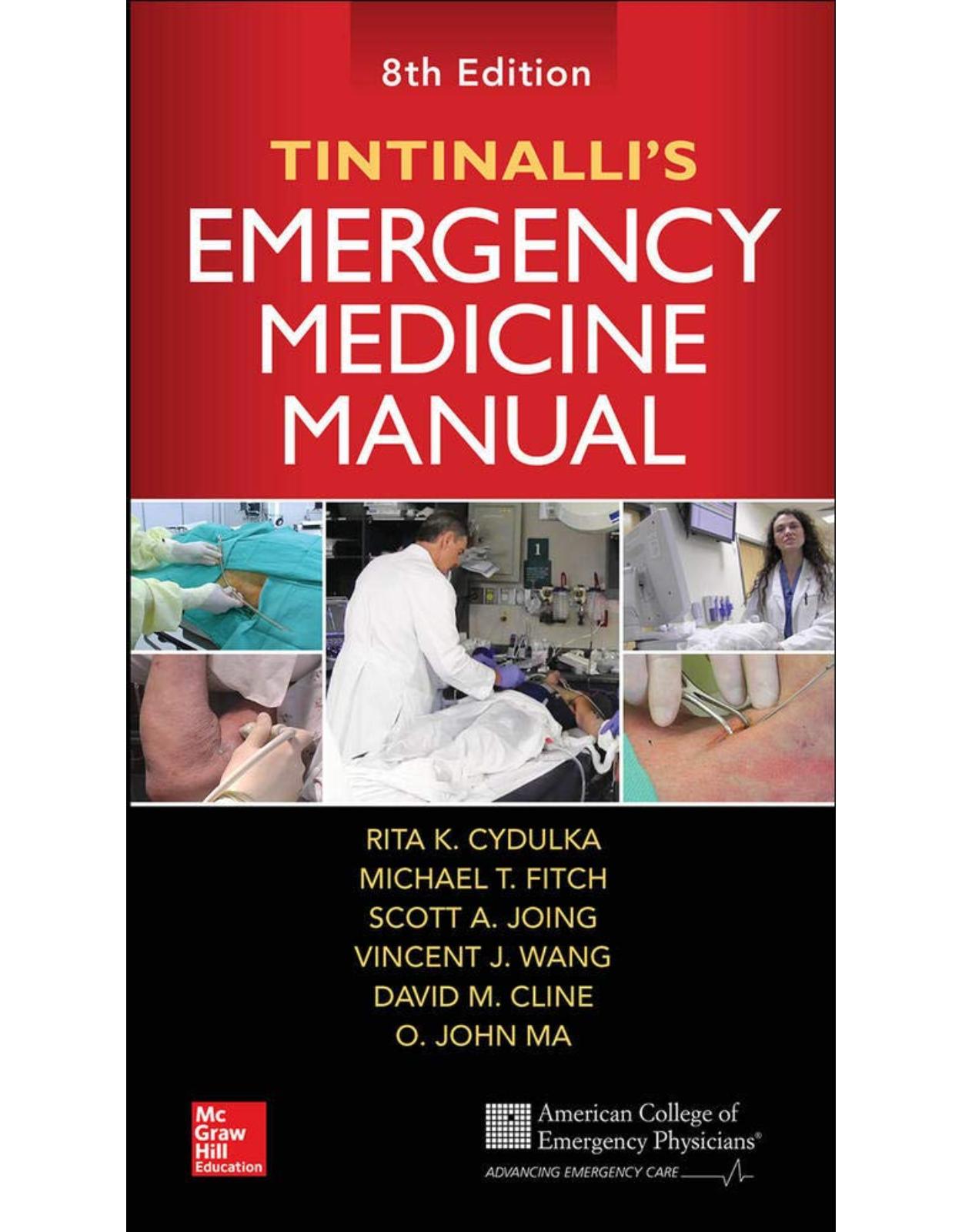
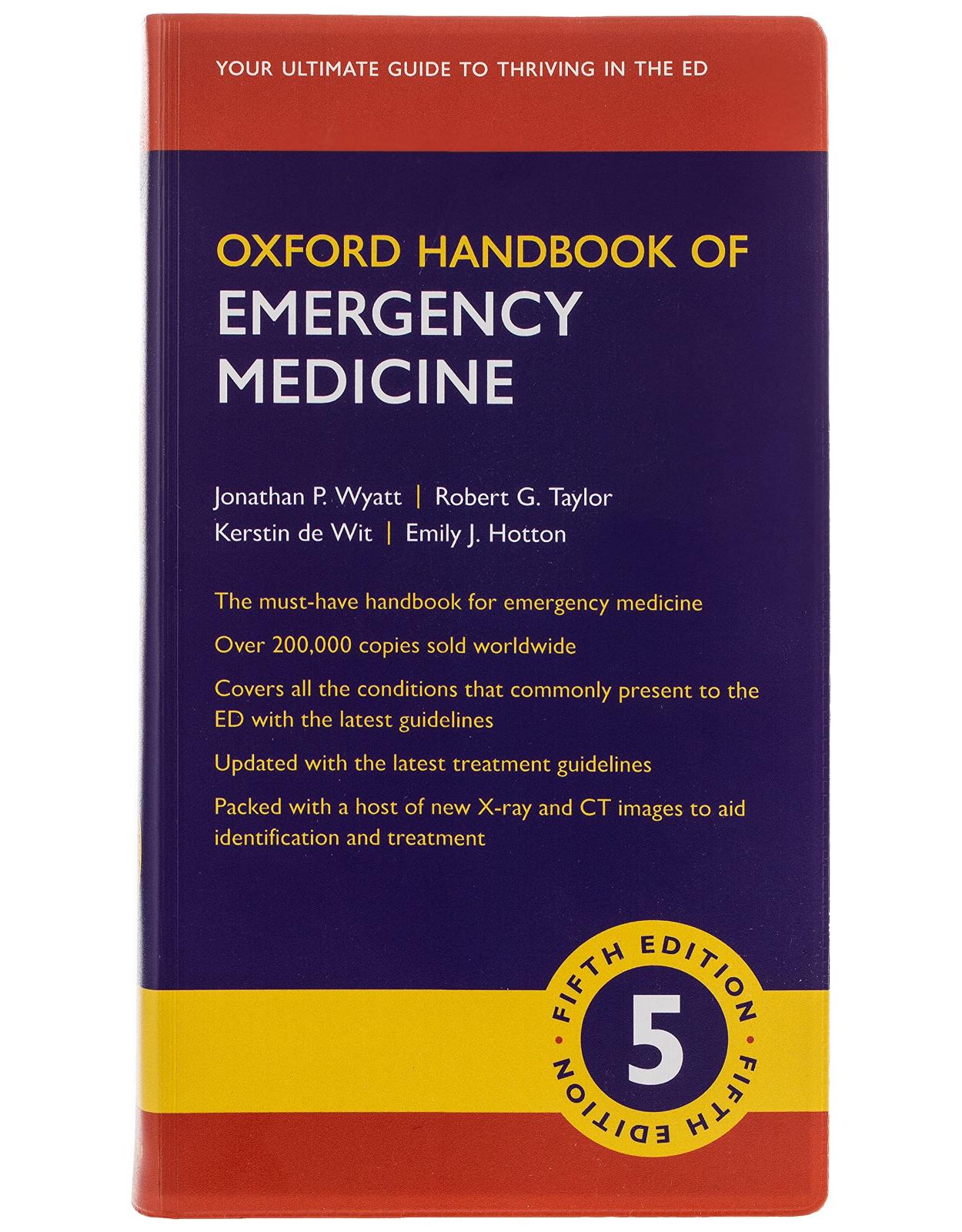
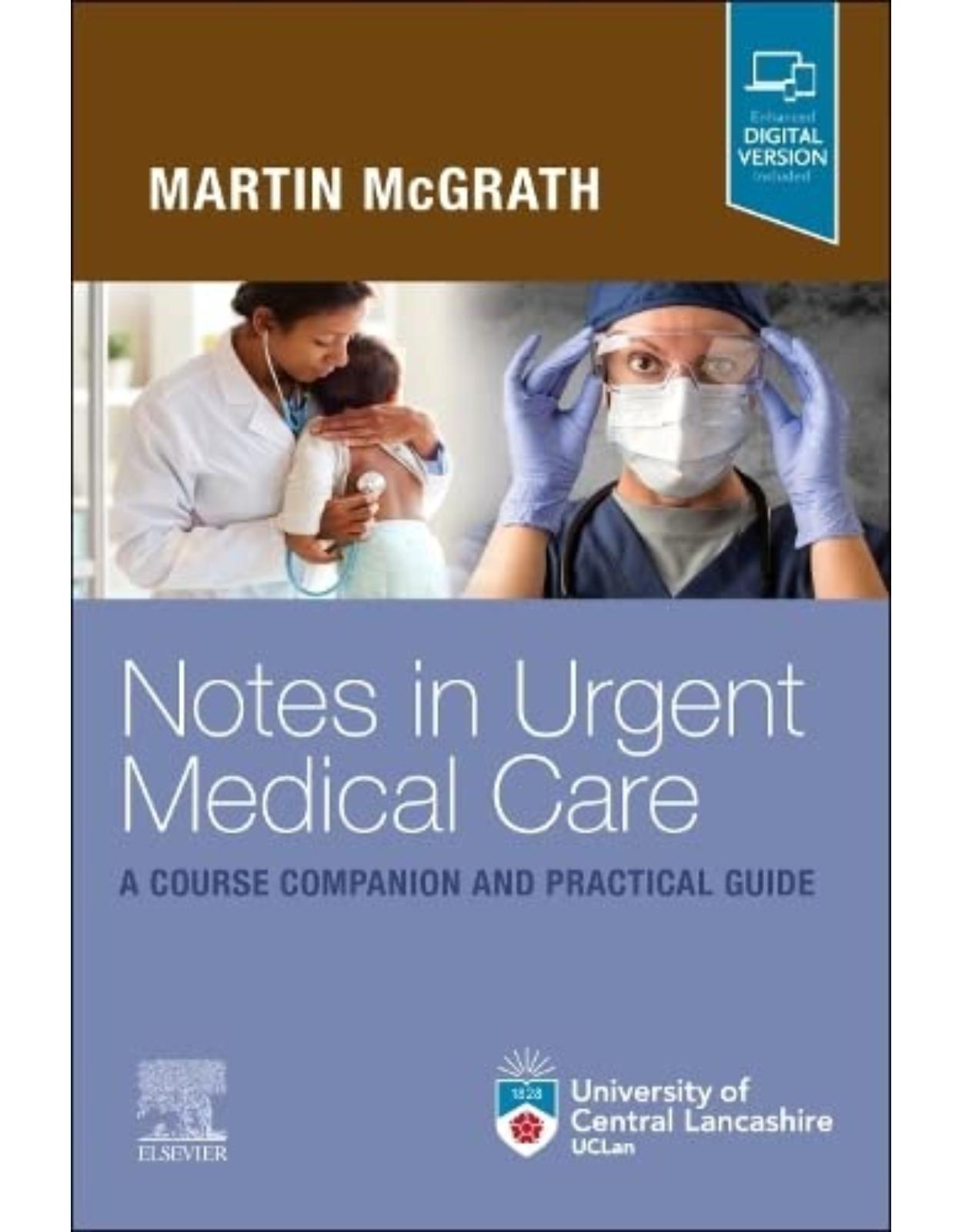
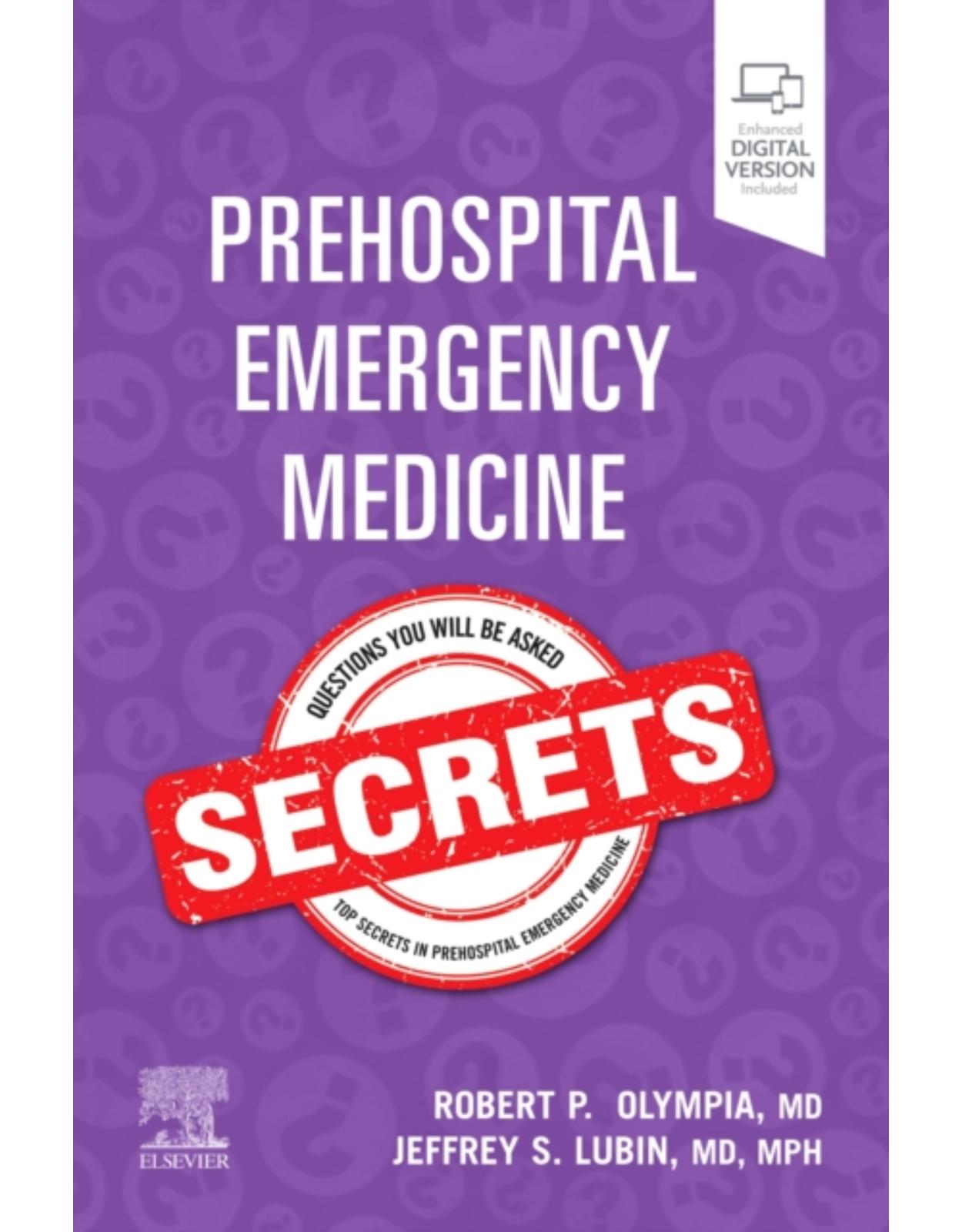
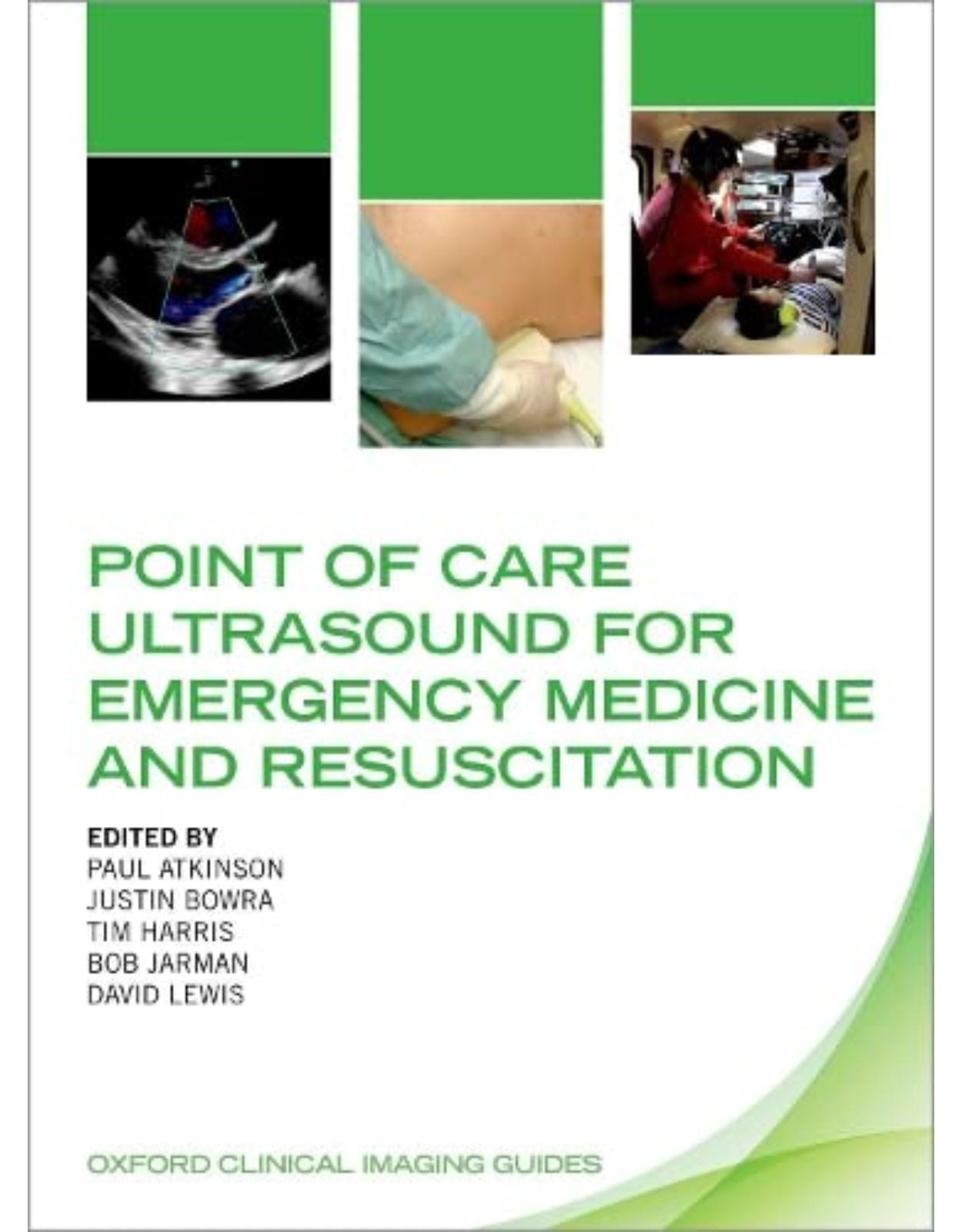
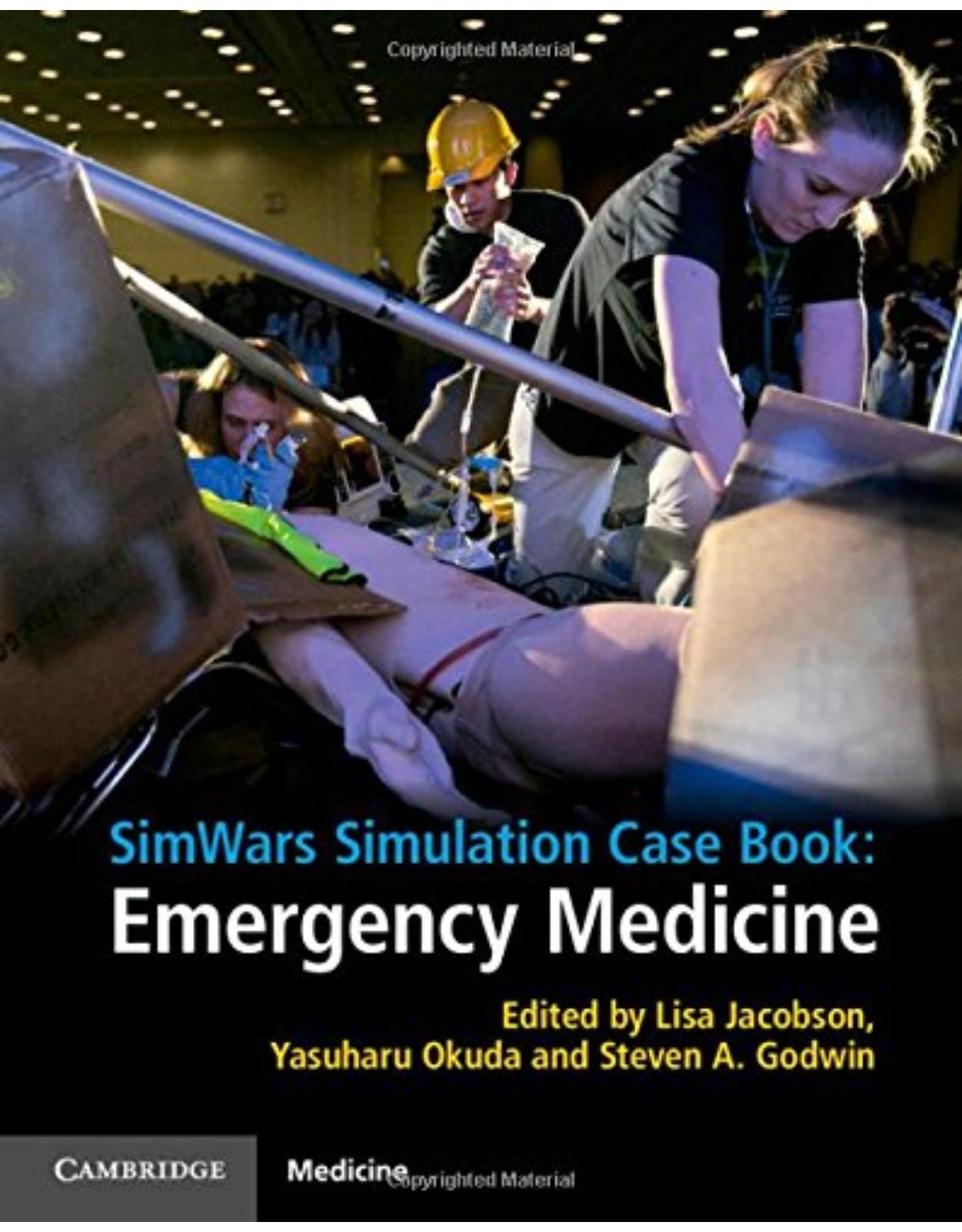
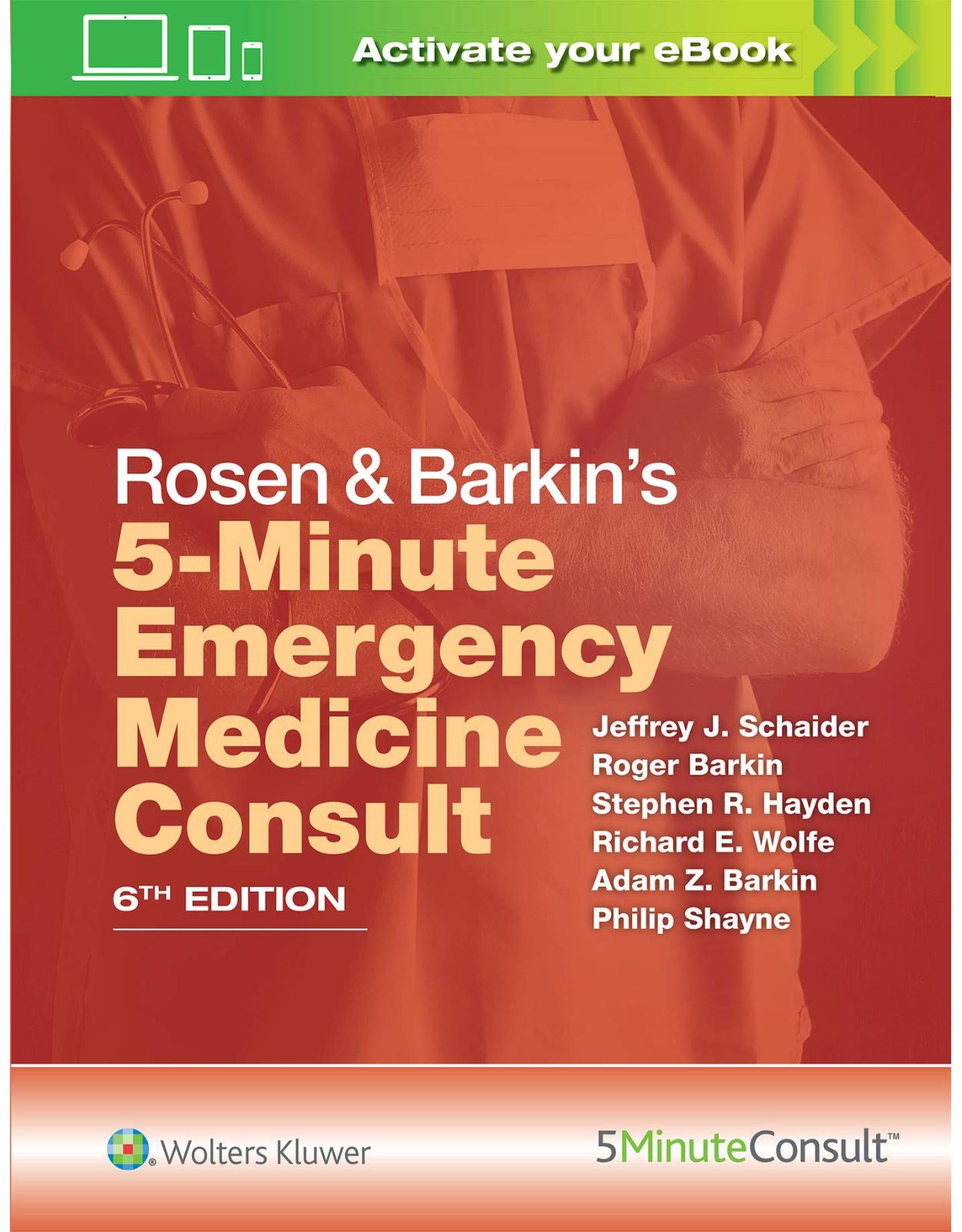
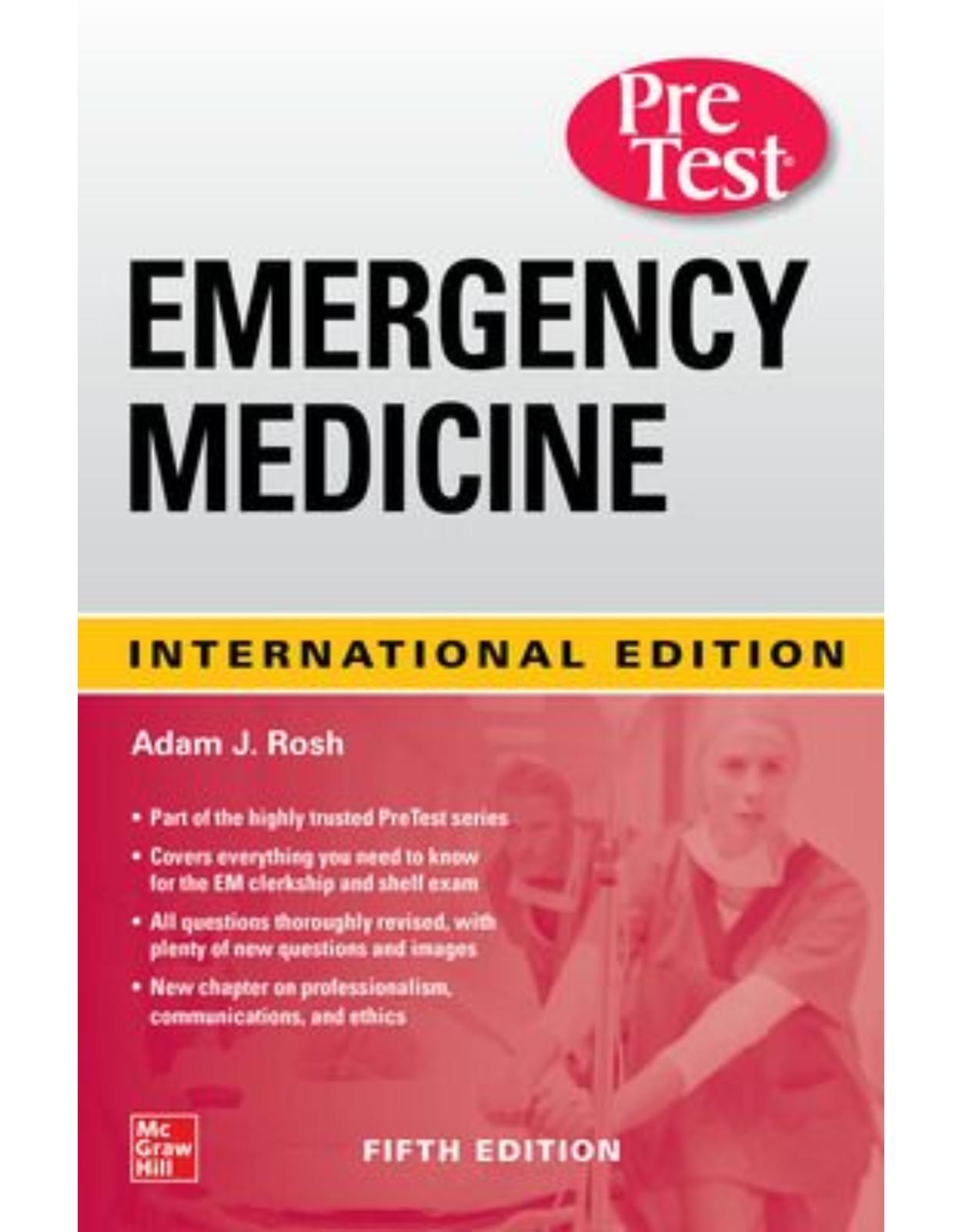
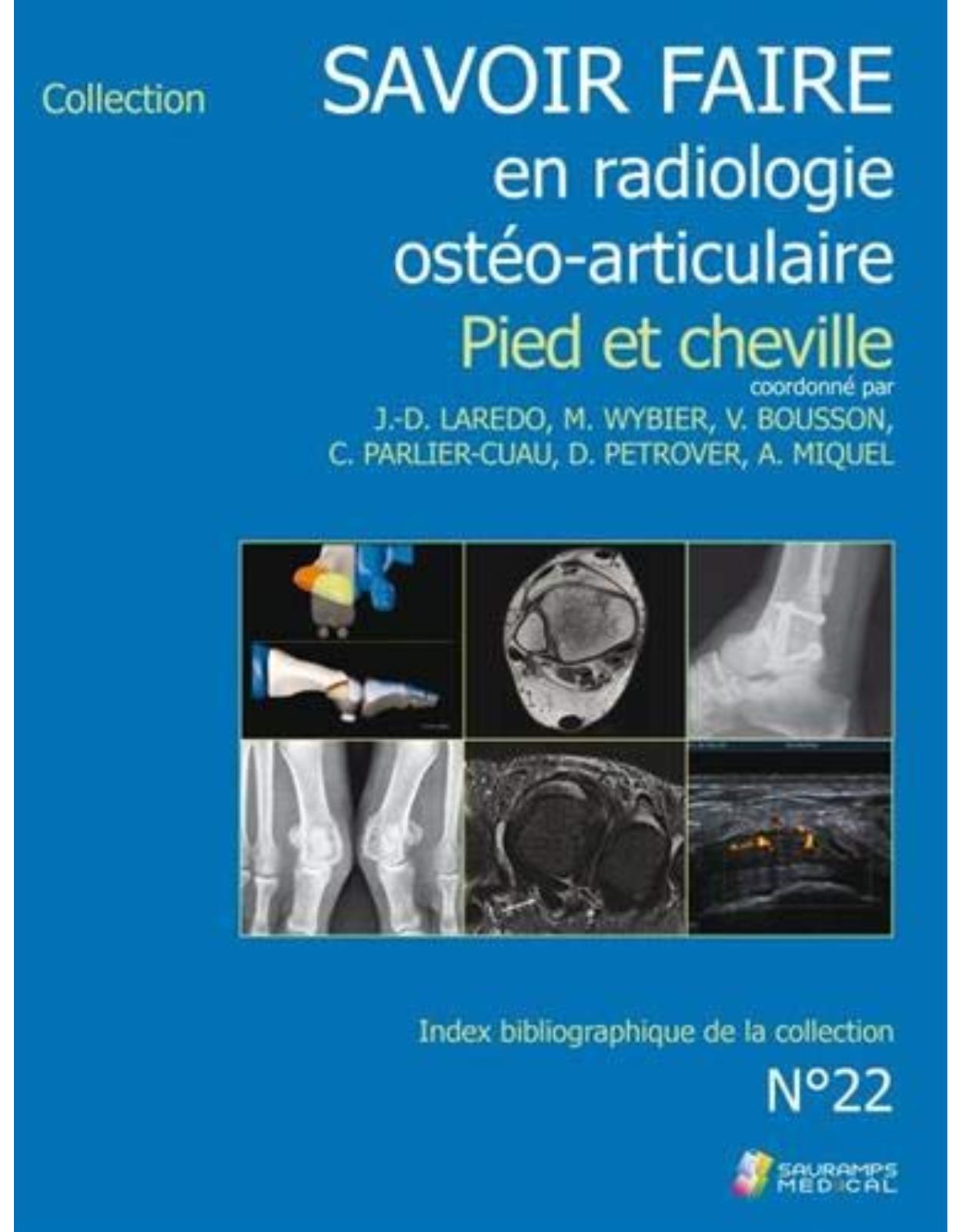
Clientii ebookshop.ro nu au adaugat inca opinii pentru acest produs. Fii primul care adauga o parere, folosind formularul de mai jos.